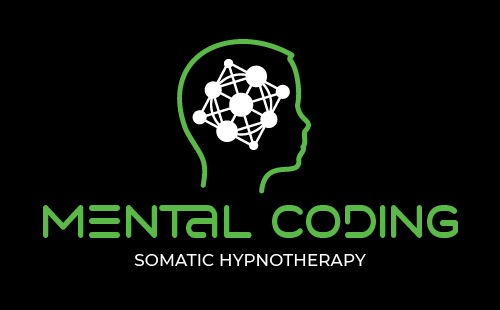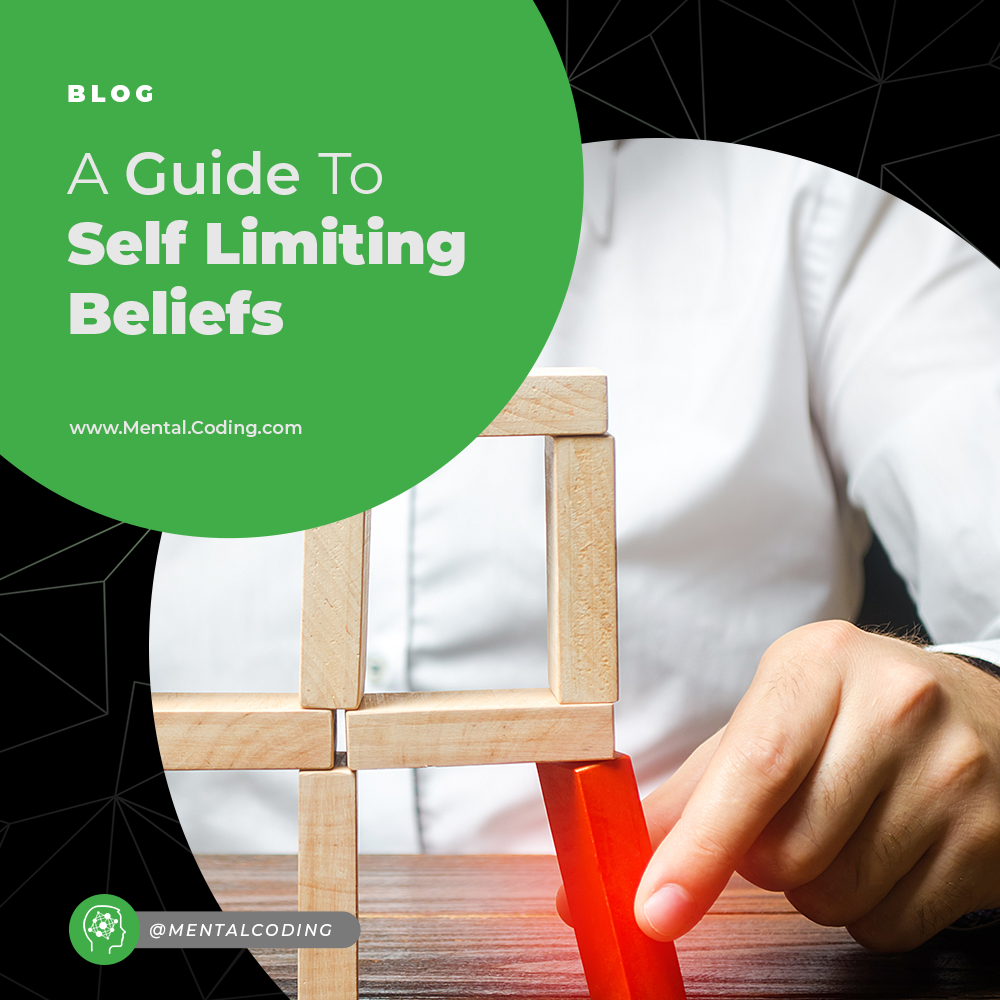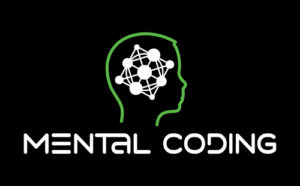Limiting Belief Examples and Explanation
Self-limiting beliefs are a popular topic in the self-improvement world. They are described as beliefs a person has about themselves which hold them back from their true potential. Self-help gurus preach the importance of identifying and overcoming them. Social media is filled with videos of cognitive techniques attempting to teach people how to think differently.
Yet, despite this, some key questions about limiting beliefs often get left unanswered. What are limiting beliefs exactly? Why do I have them and why do they exist? Why is it so difficult to change them? How do I identify them and change them?
In this post, we’ll explore all these questions and provide some examples of how limiting beliefs manifest in a person’s life.
Self Limiting Beliefs Are Subconscious Belief Structures
It’s best to think of a limiting belief as a theoretical circuit of neurons in your brain. A set of beliefs that are encoded into long-term memory in the human mind. These beliefs represent what we’ll call the self-concept. The self-concept is a model of who you are and what your abilities are in relation to the external world. It’s the code that dictates how you respond to challenge, rejection, failure, tragedy, loss, isolation, threat, and pain.
It is at this core that all subconscious beliefs are built. We determine what is a threat or value based on what we believe about ourselves. People fight if they believe they have an advantage. They run away when they don’t. We defend our goals and values if we believe we are worth it. We self-sabotage if we believe we are not. All subconscious decisions we make in our life stems from this core.
Self-Limiting Beliefs Are Created During Early Childhood
From the hypnotherapy community’s collective experiences performing age regression, we’ve roughly concluded the self-concept, this core of a person’s subconscious, is created between the ages of 0-7.
We’re social creatures and we’re dependent on having a role in the tribe. It is essential to our survival. During this age range, authority figures in the tribe imprint upon a child a set of beliefs about who they are and what they can accomplish in the world. This imprint is created from both the language parents use and from the child modeling the parent’s role in the world.
Self-Concept
We call this set of subconscious beliefs about our identity the self-concept. It’s a concept of who you are that the subconscious mind is using as the basis for all its decisions. It is built, however, from the feedback from adults, and therefore, it is prone to being inaccurate.
Since we all have different physical limitations and talents, the tribe encourages or discourages the child from certain activities. This is in an attempt to ensure they fill a role within their abilities. However, adults are often very wrong in their judgment of children’s abilities and these create unnecessary limitations.
Sabotage Is Created From Limiting Beliefs.
Self-limiting beliefs are what create the pattern of that brother you have who finishes something 80% of the way but then gives up. They are behind the loop of your cousin believing she is ugly no matter how much people tell her she is beautiful. These are the cause of the narcissist who is unable to see past their own needs and wants.
I’m sure you’ve seen these types of behavioral patterns in the people around you. I’m sure you “get” what I meant when I talk of this psychological phenomenon. The question then is, do you believe yourself to be the exception? Because if so, then you may be blind to your subconscious patterns.

Identification
Identifying limiting beliefs means being aware of what is going on in your body and mind in the present moment. Since they represent belief structures as part of long-term memory, they create observable patterns.
Perhaps it will be the thought of “I can’t do it.” or “I am unworthy” repeating in your head in a specific type of situation. It may be a familiar emotional experience that repeats. You may see images in your head of a parent or teacher discouraging you. You might hear your intuitive voice yelling “No!” in your head.
These are the symbols the subconscious mind uses to communicate the belief structure at play when an emotion is triggered by an experience. They provide us with clues as to what we think and feel.
Hypnotherapy Can Resolve Limiting Beliefs
All limiting beliefs have a moment in time when they were created. This moment is an event where the belief structure entered into consciousness. It represents a decision a child made to believe something about themselves. It is also the point in time in which the belief can be changed.
Hypnotherapists identify the initial event in which a client decided to enter an idea into long-term memory. They use regression therapy to take the client back to the event while in hypnosis. While re-experiencing the event, hypnotherapists guide the client in a process that allows them to change their belief structure to what they need or want. Once the event is re-experienced with the adult mind, the new belief structure goes into long-term memory. The result is people begin to have different emotional responses to situations and begin to make different subconscious choices in response to old events.
I specialize in this type of hypnotherapy in my practice and my main website contains testimonial after testimonial of the power of this process in changing lives.
If you found this post on limiting beliefs helpful, you may find the posts on self-sabotage and fear of failure to be helpful.



